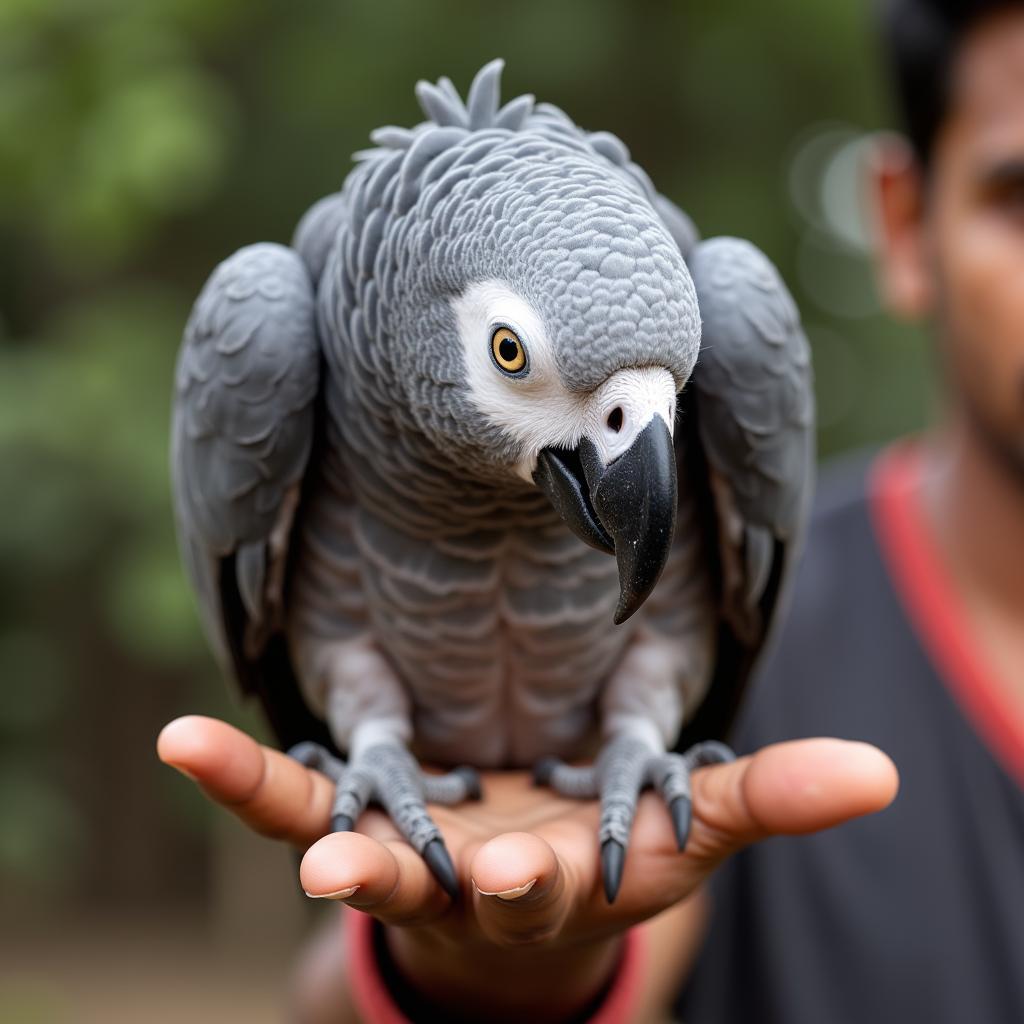African Clawed Frog Tank Mates: Who Can Live with These Amphibians?
African clawed frogs are fascinating creatures that can add a unique touch to any aquarium. However, choosing the right tank mates for these amphibians is crucial to ensure their well-being and a harmonious environment. This article will explore the best and worst tank mates for African clawed frogs, providing insights into their compatibility and creating a thriving ecosystem.
Understanding African Clawed Frogs
African clawed frogs (Xenopus laevis) are native to sub-Saharan Africa and are known for their smooth, slimy skin, webbed feet, and distinctive claws on their hind feet. They are primarily aquatic, spending most of their time submerged in water. These frogs are omnivores with a varied diet consisting of insects, worms, and small fish.
Best Tank Mates for African Clawed Frogs
While African clawed frogs can coexist with certain species, it’s important to choose tank mates carefully, considering their size, temperament, and diet. Here are some suitable companions:
1. Small Fish:
- Neon Tetras: These peaceful and colorful fish are a popular choice for community tanks, as they are unlikely to bother African clawed frogs.
- Ghost Shrimp: These invertebrates are peaceful and will happily scavenge leftovers from the frog’s diet, helping to keep the tank clean.
- African Dwarf Frogs: These tiny frogs are docile and can co-exist with African clawed frogs, but they may need a separate feeding area to ensure they get enough food.
- Corydoras Catfish: These bottom-dwelling catfish are known for their peaceful nature and will not compete with African clawed frogs for food or space.
2. Snails:
- Mystery Snails: These large snails are excellent algae eaters and can be kept in tanks with African clawed frogs. They are peaceful and unlikely to bother the frogs.
- Nerite Snails: Similar to mystery snails, Nerite snails are peaceful and help maintain a clean tank.
Worst Tank Mates for African Clawed Frogs
While the previous options are suitable tank mates, there are some species that should be avoided at all costs. Here are some examples:
1. Predatory Fish:
- Cichlids: Many cichlid species are aggressive and can pose a serious threat to African clawed frogs.
- Piranhas: These notorious fish are apex predators and should never be housed with any amphibians.
- Barbs: While some barbs are relatively peaceful, others can be aggressive and territorial, making them unsuitable for tanks with African clawed frogs.
2. Aggressive Amphibians:
- Poison Dart Frogs: These brightly colored frogs are toxic and can be aggressive towards other amphibians.
- Bullfrogs: These large and powerful frogs are known for their territorial behavior and can be dangerous to African clawed frogs.
3. Other Inappropriate Species:
- Snakes: Snakes are carnivores and can easily prey on African clawed frogs.
- Lizards: Some lizards may attempt to eat African clawed frogs, especially if they are smaller than the frog.
Tank Setup for African Clawed Frogs and Tank Mates
Creating the ideal tank setup for African clawed frogs and their tank mates is essential for their well-being. Here are some key factors to consider:
- Tank Size: A 10-gallon tank is the minimum size for an African clawed frog, but a larger tank is always better, especially if you want to keep multiple frogs or tank mates.
- Water Quality: Maintain high water quality with regular water changes and a good filtration system.
- Substrate: A soft substrate like sand or gravel is ideal for African clawed frogs, as they may dig in it.
- Plants: Live plants can add beauty and provide cover for the frogs and their tank mates.
- Hiding Spots: Provide hiding places for the frogs, such as caves, rocks, or driftwood.
- Temperature and Humidity: African clawed frogs prefer temperatures between 72-78°F (22-25°C) and moderate humidity.
“It is crucial to understand that the relationship between the African clawed frog and its tank mates can be intricate and complex. Choosing the right companions is essential for a harmonious environment,” says Dr. Emily Watson, a renowned herpetologist.
Tips for Success
- Observe and Adjust: Carefully observe the interactions between your African clawed frogs and tank mates. If any signs of aggression or stress are noticed, it’s important to separate the animals immediately.
- Provide Ample Space: Ensure sufficient space for all the creatures in the tank. Overcrowding can lead to competition for resources and aggression.
- Feed Properly: Feed all animals in the tank a varied and nutritious diet, ensuring they have access to food without being overfed.
FAQ
Q: Can African clawed frogs live with other amphibians?
A: Some amphibians, like African Dwarf Frogs, can co-exist peacefully with African clawed frogs, but it’s essential to choose species with similar requirements and temperaments.
Q: How can I tell if my African clawed frog is stressed?
A: Signs of stress in African clawed frogs include hiding, loss of appetite, lethargy, and skin discoloration.
Q: What do African clawed frogs eat?
A: African clawed frogs are omnivores and eat a variety of foods, including insects, worms, and small fish. You can find commercially prepared frog food at pet stores.
Q: How often should I change the water in my African clawed frog tank?
A: You should aim to change 25% of the water in your African clawed frog tank weekly to maintain optimal water quality.
Q: Can I keep African clawed frogs in a planted tank?
A: Yes, African clawed frogs can be kept in planted tanks, but you need to choose hardy plants that can tolerate their digging and occasional nibbling.
Q: What size tank do I need for an African clawed frog?
A: A 10-gallon tank is the minimum size for a single African clawed frog, but a larger tank is always better, especially if you want to keep multiple frogs or tank mates.
Conclusion
Creating a thriving ecosystem for African clawed frogs involves careful selection of tank mates and meticulous tank setup. Choosing the right species and providing a suitable environment ensures a happy and healthy habitat for these fascinating amphibians. Remember to research thoroughly, observe closely, and adjust your setup accordingly to provide the best care for your African clawed frogs and their companions.

